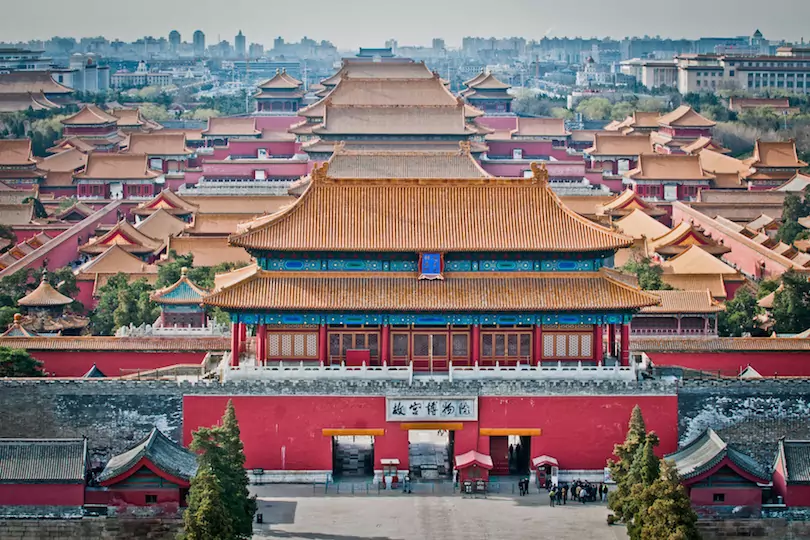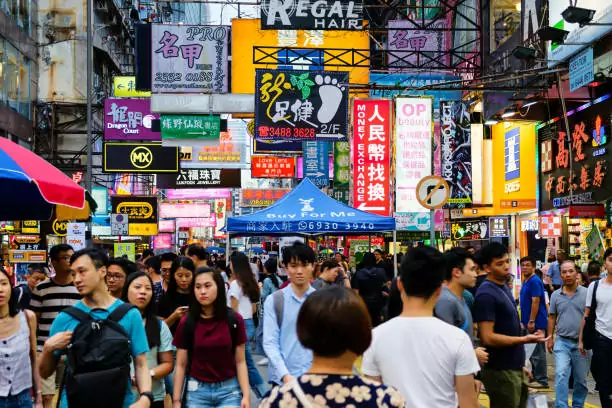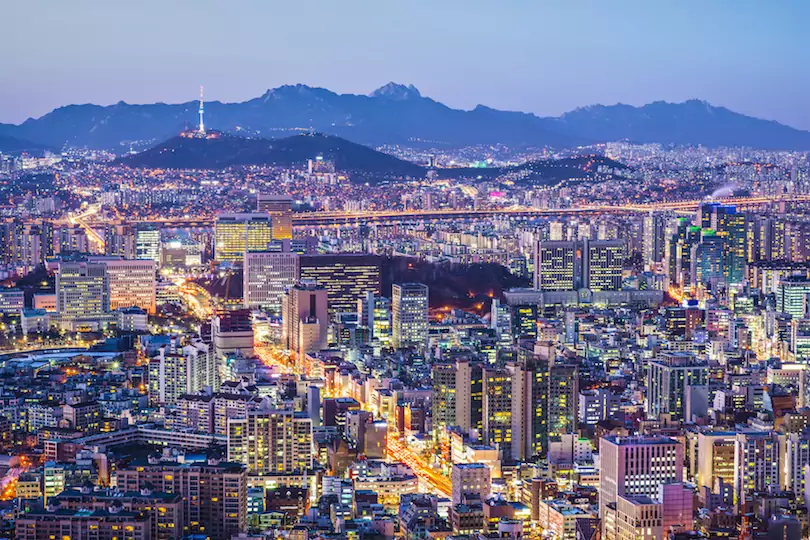
How to travel Asia on a budget can be difficult and complex. Asia has long captured the imagination of travelers eager to explore its diverse cultures, landscapes, and cuisines. The continentâs vastness offers an extraordinary array of experiences, from the neon-lit streets of Tokyo to the serene beaches of Thailand. But the common misconception is that such an epic adventure comes with a steep price tag. Iâm here to tell you that itâs more than possible to experience the wonders of Asia without depleting your savings.
Traveling on a budget doesnât mean sacrificing the quality of your experience; itâs about making smart, informed decisions that stretch your dollar further. Whether youâre planning to wander through ancient temples, sample street food delicacies, or trek through rainforests, a budget-conscious approach can ensure your trip is both memorable and affordable.
In the next few sections, Iâll guide you through crucial planning strategies, backpacking tips, cultural insights, and financial advice tailored for the thrifty wanderer. Set the stage for your budget-friendly Asian odyssey by starting with the bedrock of any successful trip: strategic planning.
How To Travel Asia On A Budget
When traveling, regardless of your budget, four main factors will affect how much you spend. These are accommodation, transport, activities, and food.
Accommodation
When traveling on a budget, you canât always afford to stay in a hotel. Thereâs not much room for debate there; Iâve never met a budget traveler who stays in hotels, as itâs simply not viable because theyâre the most expensive form of accommodation.
Airbnbs are usually too expensive too. Depending on the country, you can sometimes find cheap options, but I much prefer hostels. There are so many benefits.
When you stay in a hostel, not only are you saving money, but youâre surrounding yourself with like-minded people. You can make many friends by staying in hostels, lots of whom I still speak to regularly.

Transport
Transport is one of the easiest ways you can cut costs while traveling. When youâre staying somewhere, you want to walk to as many places as possible. Or if itâs too far (everyone has their definition of âtoo farâ, mine is a 1-hour walk or more), then take public transport. When possible use public transportation. It is usually the cheapest. Make sure that whatever mode of transportation you choose, that it is safe!
To Book Your Travel Asia Tour, Just Click The Book Now Flashing Button Below And Use The Promo Code!
Activities
Finding free things to do is easier than youâd think. All you need to do is Google âfree things to do in [insert place]â and youâll have a ton of results.
Some common free things to do include:
- Museums (depending on the country, some countries have an entry fee)
- Botanical Gardens
- Sightseeing
- Churches, Cathedrals, Temples (again, depending on the country)
- Parks & Gardens
- Street markets
- Monuments, Memorials, Statues
Food
Food is another easy way to save money while traveling on a budget. Just like with transport, there are places to eat that are budget-friendly and places to eat that arenât.
Hostels can save you money. Most hostels have communal kitchens where you can make your food. Naturally, making meals is cheaper than eating out every night. Plus, itâs probably better for you too.
When you learn how to travel on a budget, you learn to compromise. Food isnât as big of a compromise as you might think. If youâre eating street food, most of the time itâs tastier than a restaurantâs meal and itâs a fraction of the price. Win-win!Â
Strategic Planning: Your Blueprint To Affordable Travels â Travel Asia
You may have heard that fortune favors the prepared, and this is especially true when aspiring to traverse Asia on a budget. Itâs not just about prioritizing affordability; itâs about enriching the travel experience without draining your wallet.
Pre-trip planning is pivotal. Itâs the stage where you align your aspirations with reality. Start by familiarizing yourself with budget airlines like AirAsia, Scoot, and IndiGo. These carriers can be your golden ticket to hopping across countries without the hefty price tag typically associated with international travel. Knowing the ins and outs of regional airlines can unlock the realm of affordable fares.
However, air travel is just one slice of the pie. Budget travelers often find that trains and long-distance buses offer not just a budget-friendly journey, but a scenic tapestry unrolling right before their eyes. Places like Thailand and Vietnam have reliable train networks that invite you to experience the landscapeâs diversity at a fraction of airfare costs.
Sleep is essential, and so is choosing the right accommodations. Asia offers an array of options, from hostels to guesthouses. These types of lodgings arenât just cost-effective; theyâre social hubs where you can meet fellow travelers. By using platforms like Agoda or Booking.com, you can secure deals and discounts, especially if your travel dates are flexible.

Speaking of flexibility, your travel timetable significantly impacts expenses. Peak season means peak prices, so if youâre not constrained by specific dates, consider traveling during off-peak times. Not only will you save money, but youâll also escape the crowds, which can provide a more intimate exploration of Asiaâs wonders.
Saving on flights, ground transportation, and lodging is doable and doesnât require a sacrifice in quality or comfort. With a little forethought and some savvy planning, these cost-cutting strategies lay the groundwork for a journey that is as memorable as it is economical.
Travel Asia â The Art of Backpacking: Go Light And Save Big
Backpacking isnât just a way to move from point A to B; itâs a lifestyle that teaches you the value of flexibility and minimalism. If you choose to backpack through Asia, youâre opting for an experience rich in culture and light in your wallet. Itâs an approach well-loved by many travelers, for good reasons.  Vacation Packages
Choosing your backpacking route is pivotal. Well-trodden paths like the Banana Pancake Trail offer convenience and community, while lesser-known routes provide raw, undiluted cultural immersion. Consider your interests, whether theyâre historic sites, nature, or cuisine, and align your route to hit these spots.
Packing smart means packing light. Essential items should be functional and have multiple uses. Think quick-dry towels, versatile clothing layers, and a solid pair of walking shoes. Remember, every kilo counts when youâre moving frequently. Airlines in Asia have strict baggage allowances, and youâll be glad not to wrestle with a heavy bag on a crowded bus or up a long flight of stairs in a hostel.
When it comes to safety, I must stress not to skimp on essentials like locks for your belongings and comprehensive travel insurance. Maintain a balanceâsave where you can, but safeguard your well-being. Share your itinerary with loved ones and stay informed about local emergency numbers and health facilities along your route.
Harnessing this backpacking savvy pushes you seamlessly into immersing yourself in the local culture. Absolute immersion can be affordable if youâre willing to go beyond standard tourist experiences. It segues into the next segment of our journey. Local wisdom, the kind you gain from real engagement, ensures authentic experiences while keeping an eye on your finances.
Local Wisdom: Immersive Experiences That Donât Break the Bank
Travel in Asia isnât just about the landmarks you visit; itâs about the journey and the colorful tapestry of cultures you experience along the way. A budget does not need to be a limitation but rather an opportunity to travel in a way that brings you closer to the local way of life.
Opting for local transportation can open up a world of authentic and low-cost travel opportunities. From the iconic tuk-tuks in Thailand to the elaborate network of trains in Japan, each mode of transport offers its own unique set of experiences and stories. Airfare Deals
Discovering lesser-known attractions will not only save you money but also allow you to weave your unique narrative of Asia. Oftentimes, these hidden spots offer an unadulterated glimpse into the heart of the culture, away from over-commercialized areas.
Creating genuine connections with residents can enhance your travels significantly. Itâs often through these friendships that you can learn about the best street food stalls, local markets, and even accommodations that offer a good balance between cost and comfort.
Food in Asia is an experience in itself and sampling local cuisine is as budget-friendly as it is delicious. Street vendors and local eateries provide a taste of the regionâs culinary delights at a fraction of the price youâd pay at tourist-oriented restaurants.
Stretching Your Dollar: Savvy Spending in Diverse Economies â Travel Asia
Navigating the currencies of Asia requires a keen understanding of exchange rates and local economies. Iâve walked you through how to effectively manage your money, so youâre not losing out due to ignorance or inattention.
Itâs crucial to master the art of negotiation. Bargaining is part of the culture in many Asian markets, and I have practical advice to help you haggle respectfully and successfully without offending local vendors.
Iâve highlighted some common tourist traps that could derail a budget travel plan. Forewarned is forearmed, so Iâve told you what to look out for and how to steer clear of these money sinks.
Finally, we canât underestimate the power of technology in aiding our travels. I recommend the best travel apps and resources that are designed to help you keep a tight rein on your expenses, ensuring your journey across Asia is as cost-effective as it is unforgettable.
To Book Your Travel Asia Tour, Just Click The Book Now Flashing Button Below And Use The Promo Code!

Â
